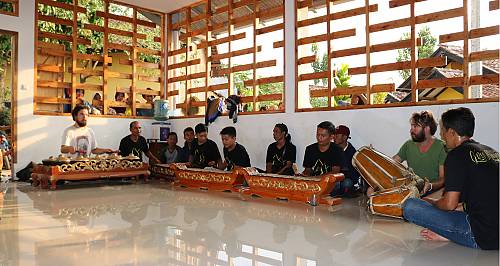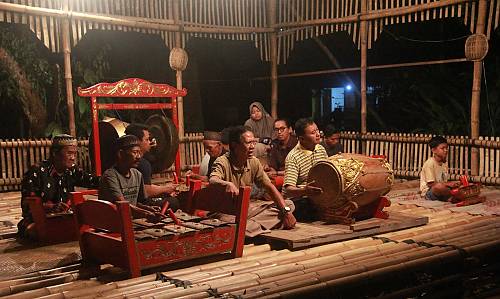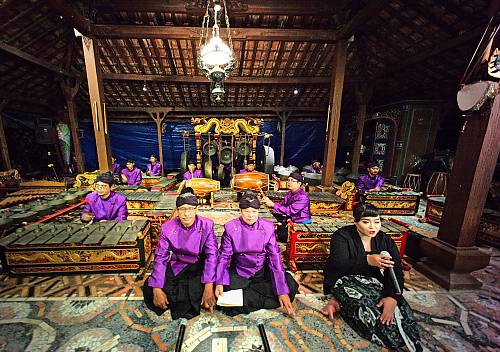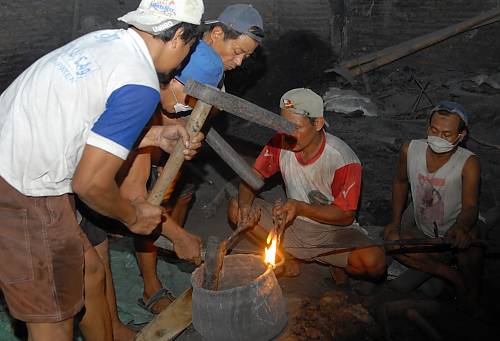Gamelan
Inscribed in 2021 (16.COM) on the Representative List of the Intangible Cultural Heritage of Humanity

Gamelan refers to the traditional Indonesian percussion orchestra and to the set of musical instruments used. Consisting primarily of ornate, percussive instruments made of hand-forged metal, the ensemble typically includes xylophones, gongs, gong-chimes, drums, cymbals, string instruments and bamboo flutes. Gamelan music follows precise rules and techniques regarding tuning, layout, rhythmic and metric patterns and performance. For instance, the melody is played simultaneously by a group of instruments and multiple instruments may play interlocking parts to form a single rhythm. The music is played by men, women and children of all ages, and is typically performed in religious rituals, ceremonies, traditional theatre, festivals and concerts. It is also used for music therapy and is viewed as a means of expression and as a way of establishing a connection between humans and the universe. Gamelan is an integral part of Indonesian identity dating back centuries; archaeological evidence of the practice has been found in the relief sculptures of the eighth-century Borobudur temple. Practitioners include vocalists and instrumentalists, as well as instrument-makers and tuners. An important source of national pride, Gamelan continues to be passed down from generation to generation through informal and formal education, including in school and after-school activities.









